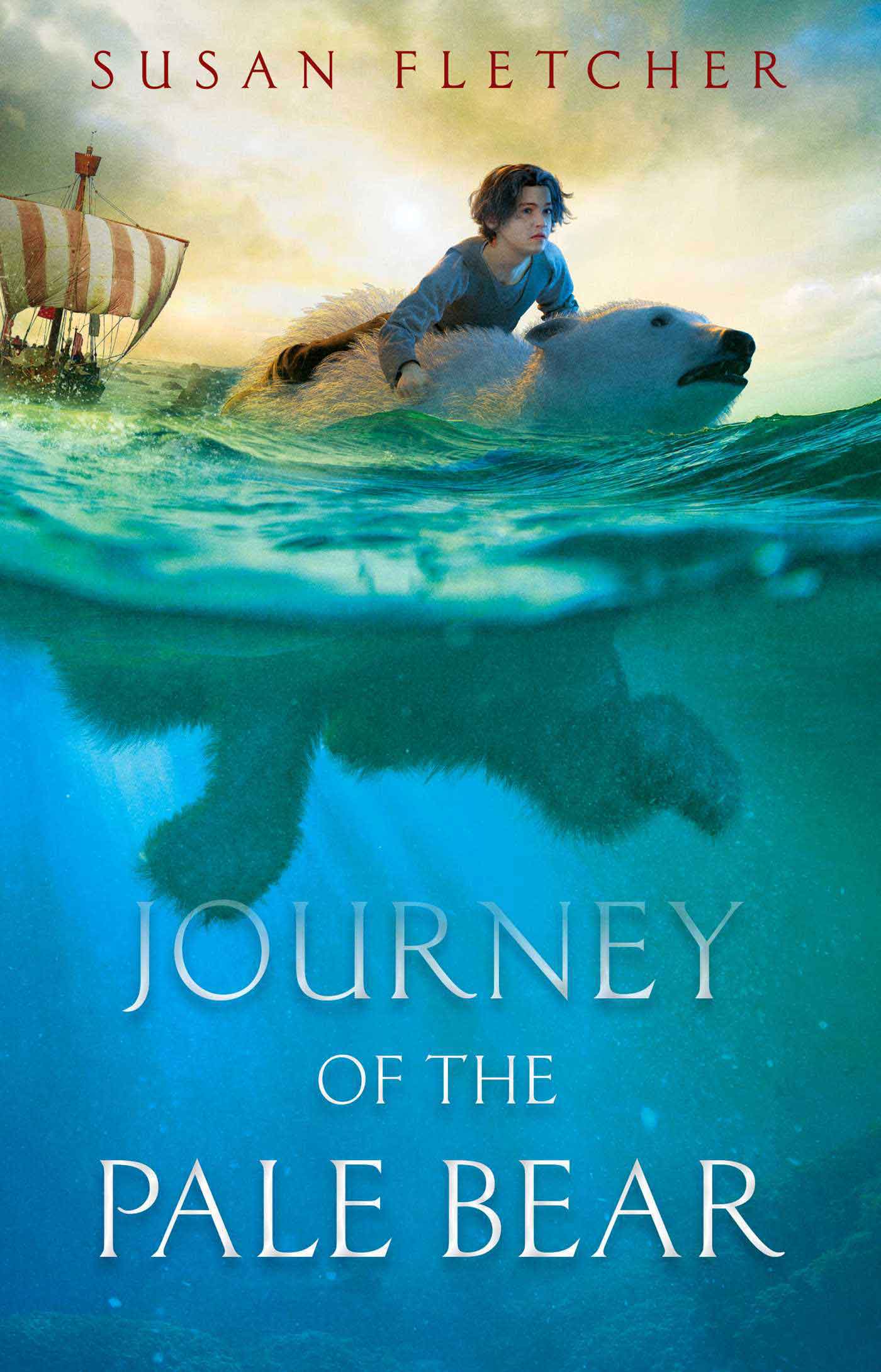
Susan Fletcher is the author of Journey of the Pale Bear. The following is the complete transcript of her interview with Cracking the Cover.
Why do you write? Why specifically for young people?
I can’t tell you exactly why I’ve always wanted to write, but I have. I wrote for fun when I was a kid—poetry, random musings, and lyrics for songs I composed on the piano. I think I loved to write partly because reading was so nourishing for me. And partly, too, because I have always loved words—playing with them, their meanings, their sounds. To this day, I collect words, my most recent acquisition being a word in German, morgenfrisk, which means, “to feel fresh or lively in the morning.” I feel morgenfrisky when I wake up and realize I have an entire morning to play with words!
Why specifically for young people?
I began writing for young people partly for wrong reasons and partly for right ones. Wrong reason: I was less intimidated by the prospect of writing for young people than writing for adults. Right reason: I fell in love with kidlit, some writers in particular: Ursula K. Le Guin, Katherine Paterson, Daniel Pinkwater, Susan Cooper, Eloise McGraw, Laurence Yep, Virginia Hamilton, just for starters. When I read their books I was filled with a combination of envy and longing: If only I could do that! Nowadays, story situations always feel more interesting to me if I can put a kid in the middle of the action. And I love coming-of-age—that most important time in life, when a character is sailing blithely through childhood and then some earthshaking event comes along, forcing the character to navigate a world more complicated and unprotected than she had imagined before.
How long did it take to write Journey of the Pale Bear?
Years! Longer than any other book I’ve written, I think. For the most part, this was because a whole bunch of hard life events hit, one right after another, and they deprived me of time to write. But also, for me, writing a novel takes lots of time. At the beginning of the process, my story is mostly just fog, and the only way to make things clear is to spend time with it—writing, reading, rewriting, thinking.
 How much research was involved?
How much research was involved?
Quite a bit. Not as much as for Alphabet of Dreams, for instance, but still… I had to find out a lot about polar bears. I had to find out about the menagerie in the Tower of London. I had to find out about life aboard 13th century ships. And just in general, I had to find out how people lived in the 13th century—what they wore, what they ate, what happened when they were sick or injured, what sorts of things surrounded them.
The bear has just as much personality as people. How did her character develop?
Gradually! At first, the bear was going to be a male, and Arthur and the bear were going to be buddies—along the lines of two young guys together on a road trip. But after a while I became uneasy about this plan, because young male polar bears are some of the most dangerous critters on the planet. How plausible was it that a young male bear wouldn’t maim or kill my protagonist? Um, not very. So, I changed the bear to a female, a mother bear who maybe had had some cubs, and I began channeling that whole mother-to-cub kind of energy with the bear and Arthur. The other thing is that throughout my childhood, I had pets. Dogs, mostly, but also cats and birds. And my husband and I have a dog now: Neville, a black-mouth cur. So I thought about how we communicated, these animals and me. And I sometimes just paid a lot of attention to Neville, how he expressed what he was thinking or feeling. And I tried to bring all of that to the page.
Arthur has a way with animals. His humming in particular is soothing to the bear. Where did this come from?
This is one of those woo woo things that sometimes happens to writers. (Many of my writing friends have had similar experiences.) So, I honestly can’t tell you where the humming came from. It just happened as I wrote. I liked it, so I kept it. But later, as I explained in the last question, I changed the bear from a boy bear to a girl bear. And after that, I found out from Amy Cutting, a curator at the Oregon Zoo, that polar bear cubs do a kind of humming-thing with their mothers. In real life! And I’d had no idea of this when Arthur began to hum!
Would you be brave enough to take on the tasks assigned Arthur?
No way! One of the great things about being a writer is that you can put your characters in situations that you would never get in, yourself! On the other hand, I had to work hard to make it believable that Arthur would take on those tasks. I had to make him pretty desperate!
What are you working on now?
I’m kind of superstitious about talking about current writing projects, especially in the earlyish stages. But I can say that the new book has a little romance in it, and it has something to do with the way developments in science today will affect kids in the future.
Is there a book from your own youth that still resonates with you today?
Yes, a bunch, including Island of the Blue Dolphins and Charlotte’s Web. But I missed a bunch of wonderful books when I was growing up, too. For example, I wish I had read The Hobbit, and The Secret Garden, and The Wind in the Willows, and The House at Pooh Corner when I was a kid. Fortunately, I came back after I grew up and read them all.
